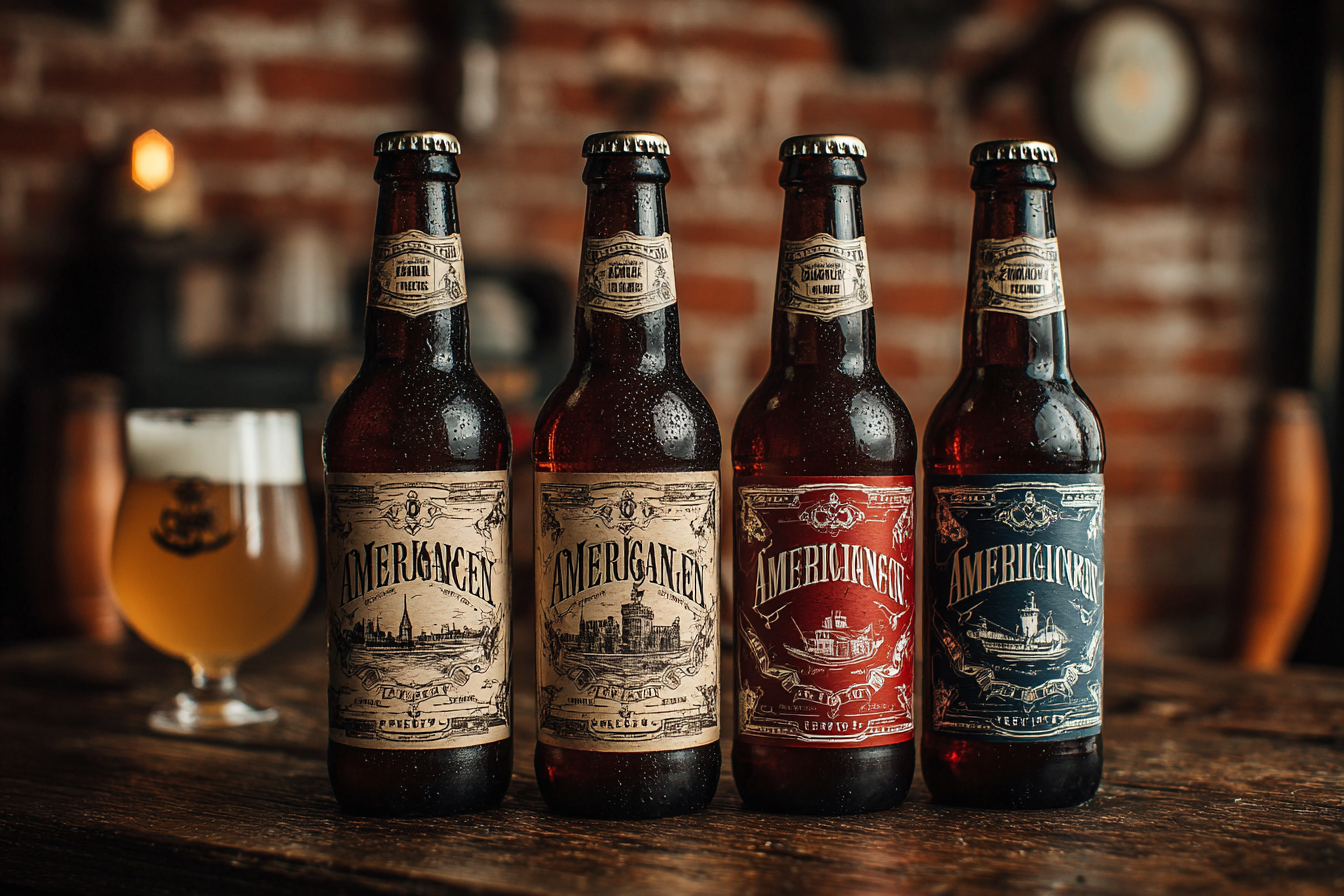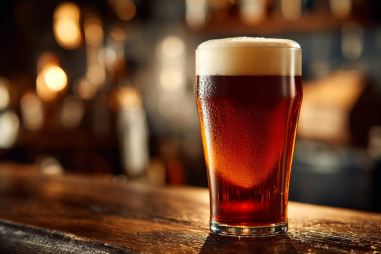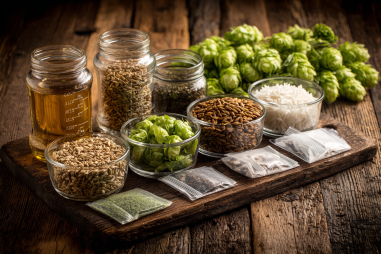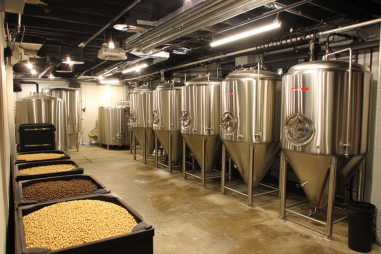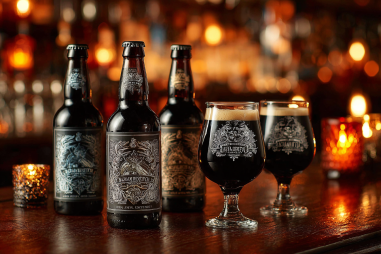American lager is more than just a beer style; it’s a vital piece of the American cultural fabric. It tells the story of immigration, innovation, struggles like Prohibition, and ultimately, a revival that embraces both tradition and modern craft sensibilities. Whether you’re sipping a crisp, refreshing lager on a warm day or exploring the nuanced flavors of craft variations, understanding the history behind American lager enriches every pour.
Origins and German Immigrant Influence
The roots of American lager trace back to the 19th century when waves of German immigrants arrived on American shores. These immigrants brought with them not only their customs and traditions but also their brewing expertise, particularly in lager beers—a style that originated in Bavaria.
Lager, derived from the German word “lagern” meaning “to store,” refers to beers that are fermented and conditioned at low temperatures. The German brewers introduced this cold fermentation technique to the United States, which represented a significant shift from the ales commonly brewed in early America due to climate constraints and yeast availability.
Early German immigrants established breweries in cities with climates conducive to lager production, such as Milwaukee, St. Louis, Cincinnati, and Chicago. These breweries quickly gained popularity, as their smooth, crisp lagers were approachable and refreshing, which appealed broadly to American palates.
Development During the 19th and 20th Centuries
Throughout the latter half of the 19th century, American lager continued to evolve as brewing technology advanced and the country expanded westward. Innovations such as refrigeration and mechanical refrigeration allowed brewers to maintain the cold temperatures necessary for lager fermentation year-round, significantly boosting production efficiency and beer consistency.
By the early 20th century, lager had become the dominant beer style in the U.S., largely overshadowing traditional English ales and porters. The consolidation of breweries and the rise of regional centers of production allowed lager to become widely distributed, turning it into the nation’s favorite beer style. Major breweries began to develop light American lagers that would eventually define the mass-produced beer market.
Impact of Prohibition on American Lager
The passage of the 18th Amendment in 1920 brought Prohibition, a nationwide ban on the production, sale, and transportation of alcoholic beverages. This period dealt a severe blow to American lager and the brewing industry as a whole. Most breweries were forced to shut down or pivot to producing near-beer (low-alcohol brews), soft drinks, or other non-alcoholic products.
Although some breweries survived by adapting, Prohibition caused the loss of traditional lager brewing methods and the closure of many small family-run breweries. The prolonged interruption stunted the natural growth and diversification of American lager styles that might have otherwise flourished.
Post-Prohibition Rise and Mass Production
With the repeal of Prohibition in 1933, the American brewing industry faced the enormous task of rebuilding from scratch. Large breweries quickly seized the opportunity to dominate the market, focusing on producing consistent, easy-drinking lagers intended for broad appeal. The rise of nationwide brands like Anheuser-Busch’s Budweiser, Miller, and Coors characterized this era.
This period saw American lager solidify its identity as a light, crisp, and highly drinkable beer style. Broadcast advertising, sponsorships, and the growth of bottle and can packaging further accelerated the reach of mass-produced lagers, making them household staples across the country.
Craft Beer Revolution and Resurgence of American Lagers
Starting in the late 20th century, the craft beer revolution challenged the dominance of traditional mass-produced lagers. Pioneers in the craft beer movement experimented with a wide variety of beer styles and brewing techniques, often favoring ales like IPAs and stouts, which overshadowed lagers for a time.
However, in recent years, there has been a renewed appreciation for lager styles among craft brewers and consumers alike. This resurgence stems from brewers applying craft sensibilities—such as quality ingredients, extended lagering times, and innovative approaches—to traditional American lagers.
Modern craft lagers often blend historical influences with contemporary creativity, resulting in a diverse range of lagers including crisp Pilsners, malty Helles, and robust Baltic-style lagers. This revival highlights American lager’s versatility and enduring appeal in a beer market that now values depth and quality alongside tradition.
Key Breweries That Defined the Style
Throughout its history, several breweries have played a pivotal role in defining and popularizing American lager:
- Anheuser-Busch: Founded in 1852, this St. Louis-based brewery became synonymous with American lager through its flagship Budweiser, which set a standard for light, clean lagers nationwide.
- Coors Brewing Company: Based in Golden, Colorado, Coors introduced innovations like the first canned beer in America and popularized crisp, easy-drinking lagers in the Western U.S.
- Miller Brewing Company: Known for Miller Lite, which spearheaded the light beer category, offering a lower-calorie alternative without sacrificing the traditional lager profile.
- Pabst Brewing Company: Once the largest American brewer in the late 19th century, Pabst was instrumental in distributing lager widely, critically shaping American beer culture.
- Craft breweries: In recent decades, breweries like Brooklyn Brewery, Yuengling, and newer craft players such as Jack’s Abby and Sixpoint have revitalized and redefined American lagers for a modern audience.
The Legacy and Future of American Lager
American lager has weathered immense changes—from immigrant roots and booming industrialization to setbacks like Prohibition and the challenges of mass marketing. Today, it stands at the intersection of tradition and innovation.
The legacy of American lager lies in its ability to adapt and appeal to diverse generations of beer drinkers. While often praised for its refreshing drinkability, recent developments show that American lager can be a canvas for rich flavors and brewing artistry.
Looking forward, the future of American lager looks vibrant. As consumer preferences lean toward authenticity, quality, and craft, brewers are elevating this style through fresh ingredients, artisanal methods, and regional distinctiveness. The resurgence ensures that American lager will continue to be an enduring symbol of American brewing heritage and an exciting category for enthusiasts to explore.

